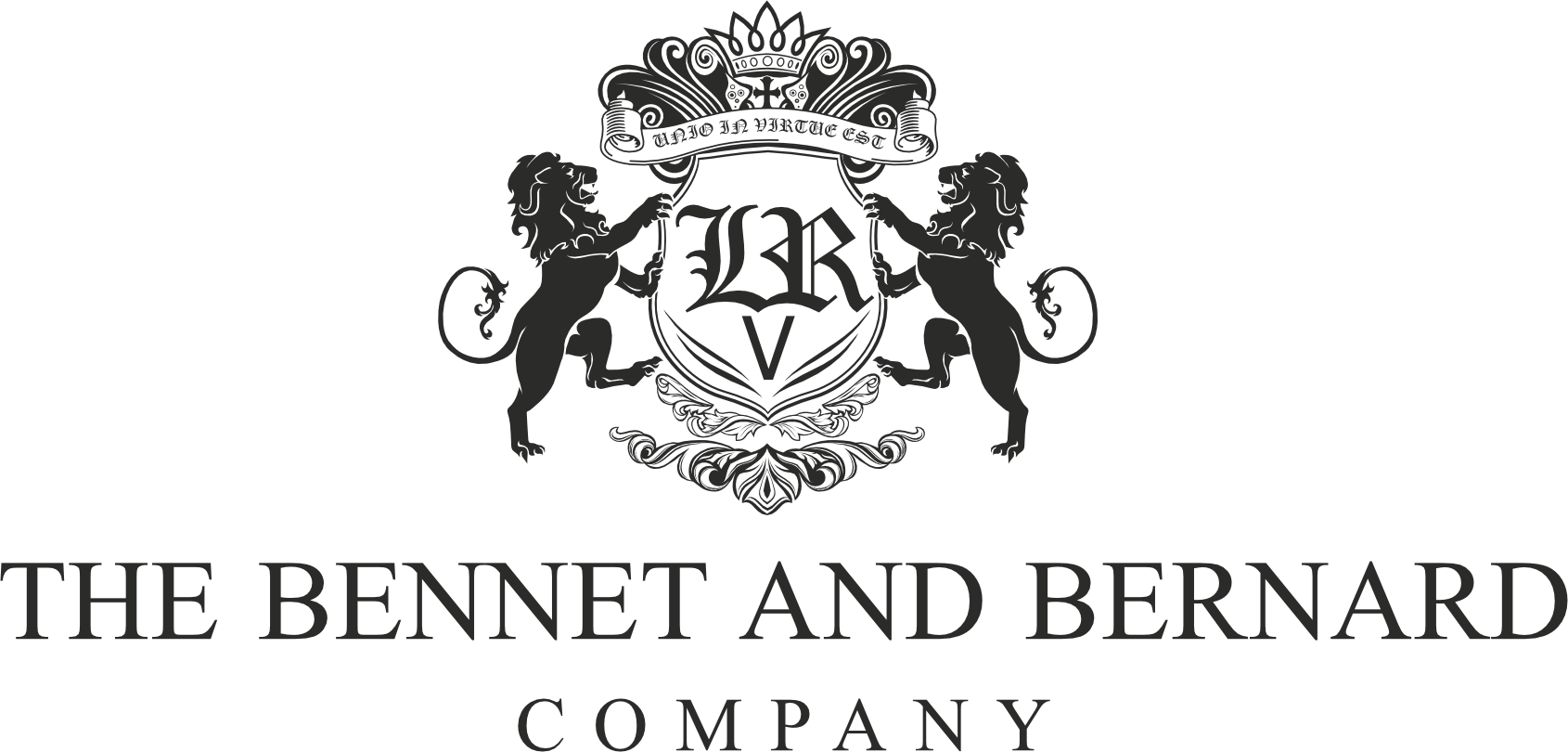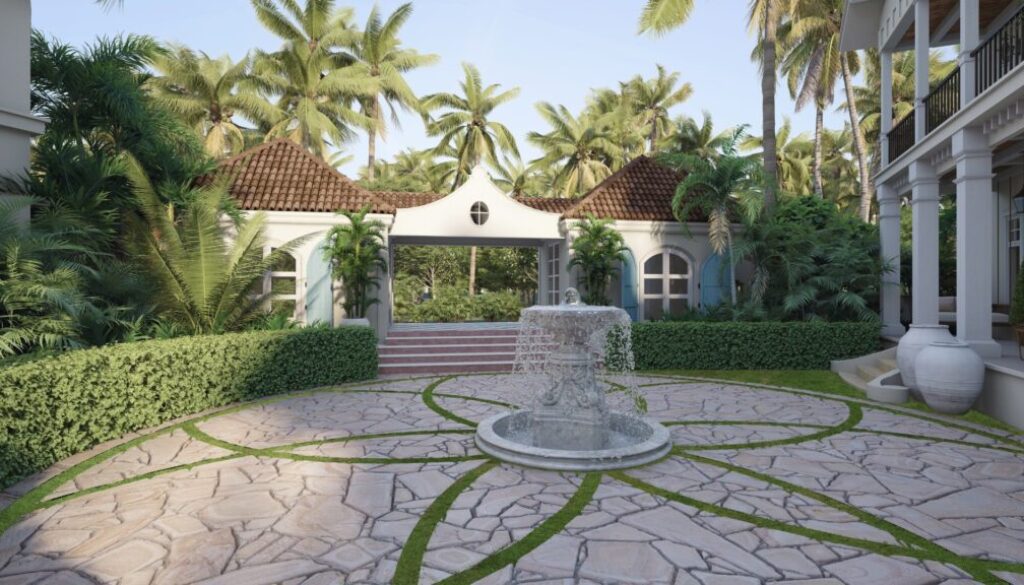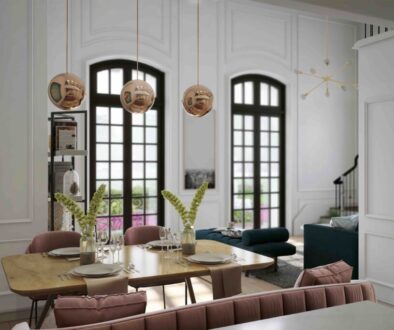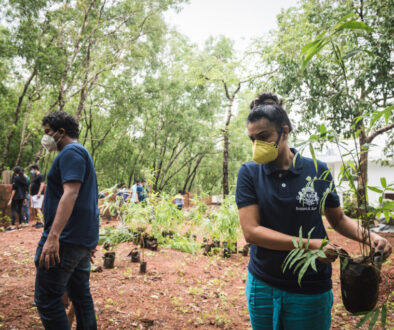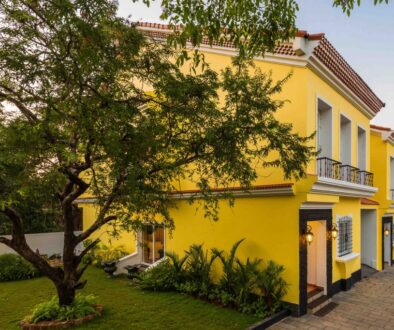Mauritian or Portuguese themed homes – What is your choice?
Mauritian or Portuguese themed homes – What is your choice?
Financial express

Whether they are situated in the beach areas or in the plains, thick greenery or amidst the hills, with a few modifications one can have the finest Mauritian or Portuguese theme-styled houses or commercial spaces.
There is a distinct change in the lifestyle outlook of the modern family. With this metamorphosis, homes have acquired a new meaning of accomplishment. Modern communication advances, ability to travel at ease (with the exception of the pandemic) and exposure to global standards and style – all this has led to a demand for themed luxury homes.
From Lucknow to Mumbai to Delhi and southwards, there has been a revolution in architectural designs that have wowed home buyers and swept them off the floor. Be it Greco-Roman, Spanish, Mauritian, Portuguese or the general ‘European’ themes or very Indian, the list is endless and the architecture and style gets better and better.Home buyers today have an option from myriad choices. It is not just the elevated look but the whole packaging that attracts buyers and builds a reputation for such homes.
Mauritian Homes
Mauritius architecture, influenced by French and Spanish Colonists in the Indian Ocean is about adapting to the tropical environment. But it comes with elegance and sophistication. Be it in the over-all looks, there is attention to the sun, natural light, ventilation, making interior spaces comfortable. The architecture, in similar projects, features include smart designs for air ventilation for natural cooling, LED lighting, classic Portuguese styled clay or cement tiled roof, high-grade exterior metal paint with epoxy, video door telephone system, handcrafted teak main door, decorative lighting in the verandah, food-grade coated sump tank, amongst others.
Mauritian architecture is typical in its ‘tropical’ style, which enlivens the senses – being primitive and responsive to the local climate, with buildings designed to circulate air. There is a ‘green’ consideration – water-based landscaping and natural, locally-sourced materials taking precedence. It is rejuvenating as it has that vibe of a relaxation: an overall use of light and glass, indoor plants, shading from the sun, protecting from midday intense heat, natural wood finishes and neutral colours. The trademark elements consist of large shaded wrap-around veranda that goes around the house, vaulted ceilings, large windows and four-sided roofs, wooden sculptures and creole art, stone claddings which harmoniously blend with the surrounding and manicured gardens, wrought iron balustrades, decorative cornices. One cannot miss the ornate and intricate handcrafted wrought iron work too.
Portuguese Homes
As a former colony of Portugal, the legacy of the architecture has been impactful. While some claim it is uniquely Goan – such as by Paulo Varela Gomes, an architectural historian, who said that the churches and houses are unique in the world history of architecture. Whatever the verdict, there is an amalgamation of styles and the Portuguese influence is hard to miss. Some of these projects boast of immense value, by looks and by location, surrounded with the tranquillity of a thick green patch of tall trees that forms a therapeutic view for each home.
The façade of most such houses is symmetrical with tripartite divisions. Wooden rafters are a feature very prominent as an origin-based architectural element. The dining and drawing rooms are usually decorated with the element of blue china ceramic azulejos hand-painted tiles. There is much thought that goes into the exterior aesthetic with cornices, balcão arched in shape, corbelling, ornamental arched windows with detailed stucco mouldings, textured stone cladded walls, steep sloping roofs. There are more structured, manicured and curated gardens with pergolas as an outdoor aesthetic feature for shaded seating spaces.
Origin specific elements incorporated in some projects include clever floor plans to optimise space and provide comfort and conviviality; generous glazing allows abundance of sunlight; well-manicured gardens with verdant palms; large wrap around verandas; four sided roofs; glorious front façade, high vaulted ceilings; hand-crafted wrought iron work; sloping wooden rafters; warm lights and glass; natural wood finishes; green, forest and turquoise tones as the colour palette; more vibrant and exuberant tropical elements on the indoors, use of indigenous materials like antique basalt stone, ceramic mosaic tiles, teak wood and cane furniture and braided rope chairs, etc.
Mauritian architecture is typical in its ‘tropical’ style, which enlivens the senses – being primitive and responsive to the local climate, with buildings designed to circulate air. There is a ‘green’ consideration – water-based landscaping and natural, locally-sourced materials taking precedence. It is rejuvenating as it has that vibe of a relaxation: an overall use of light and glass, indoor plants, shading from the sun, protecting from midday intense heat, natural wood finishes and neutral colours. The trademark elements consist of large shaded wrap-around veranda that goes around the house, vaulted ceilings, large windows and four-sided roofs, wooden sculptures and creole art, stone claddings which harmoniously blend with the surrounding and manicured gardens, wrought iron balustrades, decorative cornices. One cannot miss the ornate and intricate handcrafted wrought iron work too.
Bennet and Bernard international ventures have a robust portfolio spanning various sectors, including Real Estate, Hospitality, Ports& Maritime, FMCG, Production, and beyond. With a rich legacy of persistent excellence, we are committed to creating value for our stakeholders while making a positive impact on communities worldwide.
Policies
Terms and Conditions
General Data Protection Policy
Cookie Policy
Useful Links
About Us
Community
News & Media
Contact Us
©2019. Bennet and Bernard All Rights Reserved.
